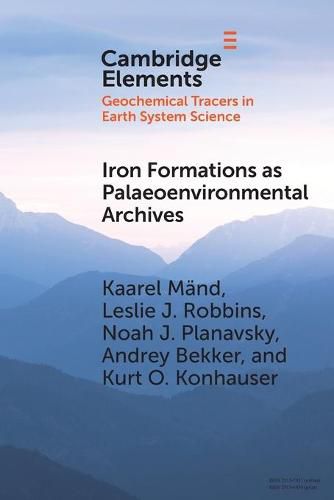Readings Newsletter
Become a Readings Member to make your shopping experience even easier.
Sign in or sign up for free!
You’re not far away from qualifying for FREE standard shipping within Australia
You’ve qualified for FREE standard shipping within Australia
The cart is loading…






Ancient iron formations - iron and silica-rich chemical sedimentary rocks that formed throughout the Precambrian eons - provide a significant part of the evidence for the modern scientific understanding of palaeoenvironmental conditions in Archaean (4.0-2.5 billion years ago) and Proterozoic (2.5-0.539 billion years ago) times. Despite controversies regarding their formation mechanisms, iron formations are a testament to the influence of the Precambrian biosphere on early ocean chemistry. As many iron formations are pure chemical sediments that reflect the composition of the waters from which they precipitated, they can also serve as nuanced geochemical archives for the study of ancient marine temperatures, redox states, and elemental cycling, if proper care is taken to understand their sedimentological context.
$9.00 standard shipping within Australia
FREE standard shipping within Australia for orders over $100.00
Express & International shipping calculated at checkout
Ancient iron formations - iron and silica-rich chemical sedimentary rocks that formed throughout the Precambrian eons - provide a significant part of the evidence for the modern scientific understanding of palaeoenvironmental conditions in Archaean (4.0-2.5 billion years ago) and Proterozoic (2.5-0.539 billion years ago) times. Despite controversies regarding their formation mechanisms, iron formations are a testament to the influence of the Precambrian biosphere on early ocean chemistry. As many iron formations are pure chemical sediments that reflect the composition of the waters from which they precipitated, they can also serve as nuanced geochemical archives for the study of ancient marine temperatures, redox states, and elemental cycling, if proper care is taken to understand their sedimentological context.